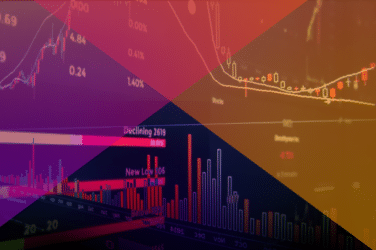Although credit-based exchange traded fund market is relatively a small and nascent market for institutional investors, industry watchers expect the market to growth.
There is an uptick in the use of these, said Colby Jenkins, an analyst at industry research firm Tabb Group.
“It is not so much for price discovery, but for a means of managing beta,” he explained.
Credit ETFs offer asset managers a liquid and more transparent place to park cash on a short-term basis compared to single-name corporate bonds.
“They can pull their money in and out these credit ETFs as they are waiting to find the right bonds for a longer-term strategy,” Jenkins added.
Reginald Browne,head of ETF trading at Cantor Fitzgerald, also sees credit ETFs reducing the opaque nature of the secondary credit market’s price determination due to credit ETFs’ transparent nature.
“If you look at the various high-yield ETFs in the marketplace, those ETFs trades nearly $500 million daily at greater than the bid-ask spread,” he said.
Jenkins noted that the spreads of highly liquid ETFs might range between 2 or 3 bps while the baskets of underlying instruments might have spreads between 25 and 50 bps.
Browne is not that worried about what effects systemic re-pricing could have on the perceived illiquid asset class, which has been a question he’s answered regularly.
Such an event likely would affect other credit-related instruments harder, he believes.
“The fixed-income ETFs are 3% of an $8 trillion corporate bond market, Browne said.
What happens in other vehicles like mutual funds and special memorandum accounts? With ETFs, you have a transparent view and instant pricing while with a mass disruption of mutual funds you would not.”
For more on ETFs:
- State Street Global Advisors Announces Changes to the SPDR Lineup
- Liquidity and Low-Cost Buoy ETF Demand
- ICI Reports Estimated ETF Net Issuance





